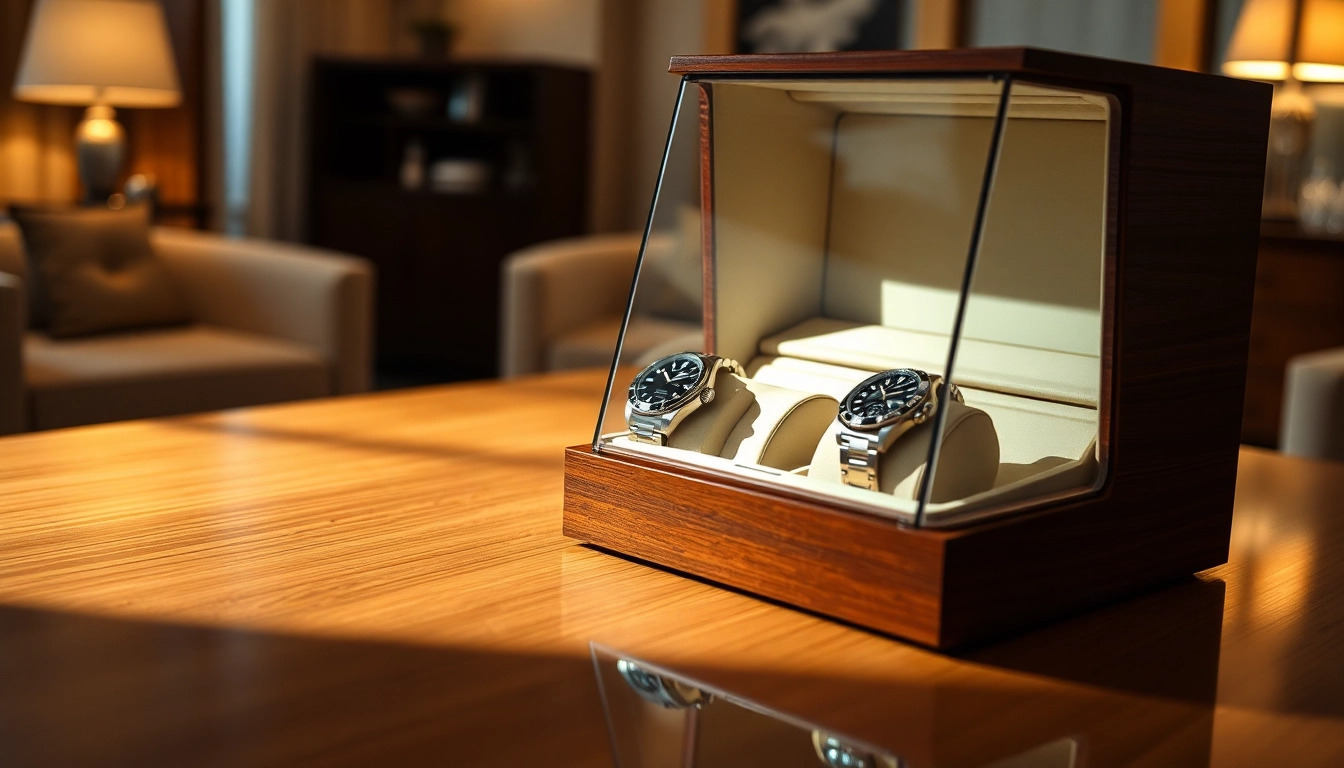Understanding the Tote Bag: A Timeless Accessory
The Tote bag has transcended mere functionality to become an essential symbol of style and sustainability. Its versatility makes it a favorite among various demographics, suitable for everything from grocery shopping to high-end fashion events. In this section, we’ll explore the defining characteristics of a Tote bag, its historical context, and its increasing significance in contemporary fashion.
What is a Tote Bag?
A Tote bag typically refers to a large, unfastened bag featuring parallel handles that emerge from the sides of its pouch. Unlike handbags, which often prioritize aesthetics and formality, Tote bags prioritize functionality and ease of access. The open-top design also allows for quick and straightforward retrieval of items, making them particularly popular among busy individuals who’ve adopted an “on-the-go” lifestyle.
The sizes, shapes, and materials used to create Tote bags are incredibly diverse. They can range from small, compact models ideal for a casual day out to larger, more robust models designed to carry laptops or groceries. Furthermore, the appeal of a Tote bag often lies in its ability to showcase personal style, thanks to customizable designs in various materials, colors, and patterns.
History and Evolution of Tote Bags
The history of the Tote bag dates back centuries, with roots traced to the early 17th century. Early examples of this bag type were often crafted from sturdy canvas or burlap and were primarily utilized for carrying heavy loads or tools. These early versions were often quite plain and were viewed as purely functional items.
Fast forward to the 1940s, when the Tote bag began to reemerge in American fashion. During World War II, the need for lightweight, durable bags surged due to scarcity in materials. Post-war, Tote bags evolved into more fashionable accessories, gaining popularity in cities. In the 1960s and 1970s, many companies began producing Tote bags adorned with unique designs, making them both functional and trendy.
Today, Tote bags are embraced globally as symbols of sustainability and style. Designers and brands have reimagined this classic accessory, incorporating luxurious materials and artisanal techniques, making the Tote bag not just a practical item but also a fashion statement.
Why Tote Bags Matter in Modern Fashion
In a world where environmental consciousness is on the rise, Tote bags have become essential accessories that embody practicality and style. Many see Tote bags as more than just fashion items; they are tools for a more sustainable lifestyle. With increasing awareness of plastic pollution and the impact of single-use items, the demand for reusable Tote bags has soared.
Tote bags allow users to break away from traditional handbag norms, offering an alternative that champions both environmental responsibility and distinct personal style. Their large sizes afford ample room for everyday essentials while often serving as a canvas for artistic expression through prints and patterns.
Choosing the Right Tote Bag for Your Needs
With numerous Tote bag variations available in the market, selecting the right one can be an overwhelming endeavor. Whether you’re using it for work, travel, or daily errands, understanding the types of Tote bags, material options, and sizing considerations will guide you toward a choice that aligns with your needs.
Different Types of Tote Bags Available
Tote bags come in many styles, each designed for different purposes:
- Classic Tote: The quintessential design, often made from canvas or cotton, characterized by two sturdy shoulder straps.
- Beach Tote: Larger, typically made from waterproof materials, designed to carry towels, sunscreen, and other beach essentials.
- Lunch Tote: Insulated and designed to keep meals fresh, often featuring a zippered top for safety.
- Fashion Tote: Often made of luxurious materials, used primarily for aesthetic appeal rather than functionality.
- Work Tote: Features compartments and pockets, designed specifically to carry laptops, paperwork, and other work-related items.
- Sustainable Tote: Eco-friendly bags made from organic or recycled materials, embodying the values of environmental consciousness.
Materials Used in Tote Bags: Durability and Style
The materials chosen for a Tote bag significantly influence its durability, appearance, and functionality. Common materials include:
- Canvas: Sturdy and durable, making it ideal for casual and work Tote bags. Often washable and easy to print on.
- Cotton: Soft and lightweight, offering a more casual look and feel, while still being reasonably durable.
- Leather: Carries a sense of luxury and sophistication, often used in high-end fashion totes. However, care is needed to maintain its appearance.
- Polyester: Lightweight, water-resistant, and available in a variety of colors, polyester totes are often used in promotional or corporate contexts.
- Biodegradable Materials: With the rise in eco-consciousness, some brands have begun using biodegradable materials to make their Tote bags.
Size Considerations for Practical Use
When choosing a Tote bag, size is a critical factor. Here are some aspects to consider:
- Packing Needs: Assess what you typically carry daily. A larger Tote bag may be ideal for those who need to transport laptops or other large items, while a smaller bag may suffice for everyday outings.
- Comfortability: Consider how comfortable the bag will be when filled. Heavier materials can cause strain, so opt for lightweight options when necessary.
- Accessibility: Bigger doesn’t always mean better; consider how easy it is to access the bag’s contents. A large bag can become a bottomless pit, making it hard to find items.
Styling Tips: Incorporating Tote Bags into Your Wardrobe
Once you’ve chosen the right Tote bag, incorporating it into your wardrobe can be a fun endeavor. This section highlights various ways to style Tote bags with different outfits.
Pairing Tote Bags with Casual Outfits
Tote bags complement casual attire beautifully. Here’s how to style them:
- Jeans and T-Shirt: A classic denim and t-shirt combo pairs perfectly with a canvas Tote bag for that effortless look.
- Activewear: For those active days, a sporty Tote made from breathable materials can hold your gym essentials while still looking chic.
- Summer Dresses: Lightweight Tote bags with fun prints can elevate a simple summer dress, making the outfit cheerful and vibrant.
Using Tote Bags for Professional Settings
Implementing Tote bags into professional wardrobes is easier than it seems:
- Business Casual: Opt for a sleek leather Tote that can hold your laptop and documents while maintaining professionalism.
- Networking Events: Choose a large Tote with compartments, allowing you to carry business cards, brochures, and other networking essentials effortlessly.
- Interviews: A minimalist Tote can carry your resume and portfolio, offering an impression of organization and taste.
Tote Bags for Special Occasions
When you have an event to attend, consider how a Tote bag can be both stylish and practical:
- Weddings: Select a decorated Tote bag that can carry essentials like a wrap or personal items without clashing with formal wear.
- Day Trips: A larger Tote bag can be perfect for carrying snacks, sunscreen, and other necessities while you explore.
- Concerts: Create a stylish yet functional look with a spacious Tote to accommodate essentials like water and portable chargers.
Caring for Your Tote Bag: Ensuring Longevity
Caring for your Tote bag is essential for ensuring its longevity. With proper maintenance, you can keep your bag looking fresh and stylish for years to come.
Cleaning and Maintenance Tips
Cleaning methods vary depending on the material. Here are some general guidelines:
- Canvas Totes: Usually machine washable; turn the bag inside out and use a gentle cycle.
- Leather Totes: Wipe with a damp cloth; use leather conditioner to maintain suppleness.
- Polyester Totes: Spot clean with mild detergent; avoid soaking the material.
Storage Solutions for Tote Bags
When not in use, proper storage is vital:
- Keep it Dry: Store in a cool, dry place to avoid mildew or fading.
- Use Dust Bags: If it’s a luxury Tote, store it in its dust bag to protect from dust and scratches.
- Don’t Overstuff: When storing, avoid cramming; this can shape the bag and warp its structure.
Recognizing Signs of Wear and When to Replace
Monitor your Tote bag for signs indicating it’s time for a replacement:
- Fading Colors: If the colors appear dull, it may be time to consider an upgrade.
- Frayed Edges: Excessive wear around the seams may compromise its usability.
- Structural Damage: If the straps are fraying or the material is tearing, it’s advisable to look for a new bag.
Embracing Eco-Friendly Tote Bag Options
Choosing environmentally-friendly Tote bags reflects a shift toward sustainable lifestyle choices. This section outlines the benefits of making eco-conscious selections.
Benefits of Sustainable Tote Bags
Investing in sustainable Tote bags comes with numerous advantages:
- Reduces Plastic Waste: Using a reusable Tote bag mitigates the damaging effects of plastic on the environment.
- Supports Ethical Practices: Many eco-friendly brands focus on fair labor standards and sustainable materials.
- Promotes Sustainable Living: By using reusable bags, you encourage others to think about their environmental impact.
Top Eco-Friendly Materials for Tote Bags
When selecting a sustainable Tote bag, consider these materials:
- Organic Cotton: Grown without harmful pesticides, making it a breathable and eco-friendly choice.
- Recycled Plastic: Using plastics that would otherwise pollute the environment, these bags are both functional and sustainable.
- Bamboo Fabric: Grown rapidly and sustainably, bamboo fabric is biodegradable and offers a unique aesthetic.
Supporting Sustainable Brands without Compromising Style
Several brands have dedicated themselves to producing eco-friendly Tote bags that don’t skimp on style:
- Look for Certifications: Eco-conscious brands usually display certifications for sustainable practices.
- Check Production Practices: Transparent brands often share insights into how and where their bags are produced.
- Design Variety: Don’t be afraid to explore; many sustainable brands offer a variety of designs that cater to different tastes.



